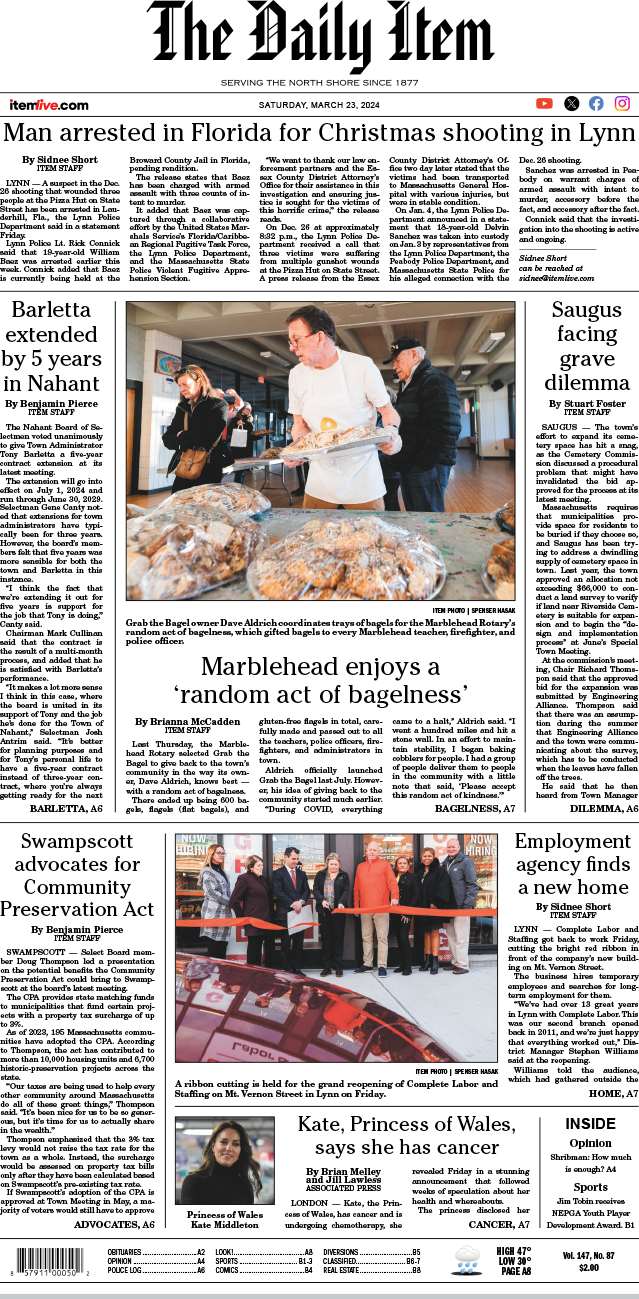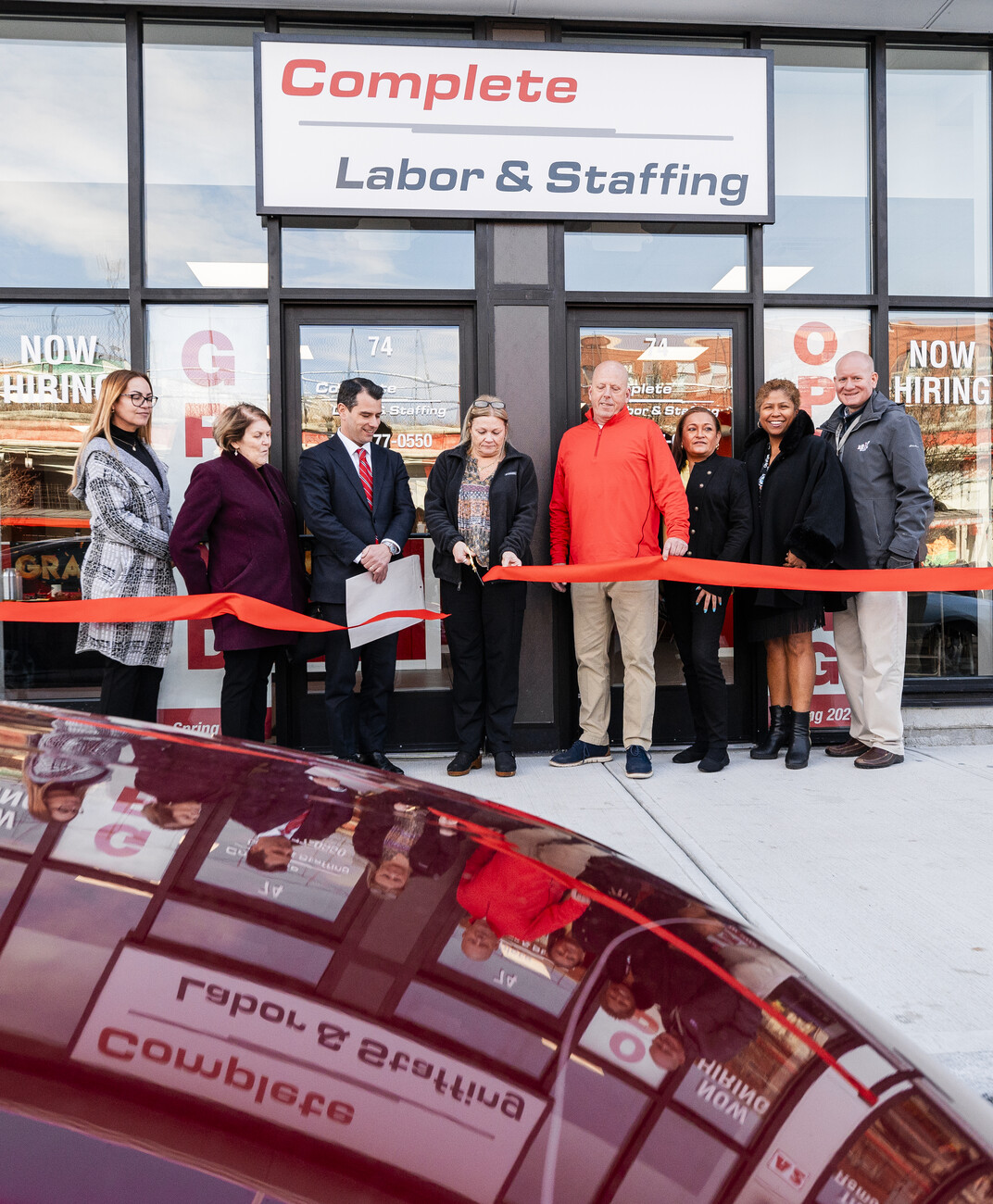
SWAMPSCOTT — Select Board member Doug Thompson led a presentation on the potential benefits the Community Preservation Act could bring to Swampscott at the board’s latest meeting.
The CPA provides state matching funds to municipalities that fund certain projects with a property tax surcharge of up to 3%.
As of 2023, 195 Massachusetts communities have adopted the CPA. According to Thompson, the act has contributed to more than 10,000 housing units and 6,700 historic-preservation projects across the state.
“Our taxes are being used to help every other community around Massachusetts do all of these great things,” Thompson said. “It’s been nice for us to be so generous, but it’s time for us to actually share in the wealth.”
Thompson emphasized that the 3% tax levy would not raise the tax rate for the town as a whole. Instead, the surcharge would be assessed on property tax bills only after they have been calculated based on Swampscott’s pre-existing tax rate.
If Swampscott’s adoption of the CPA is approved at Town Meeting in May, a majority of voters would still have to approve it at the town’s election in November. Then, Thompson said, a Community Preservation Committee would be assembled.
“They make recommendations, there is a 75-page bulletin from the Department of Local Services of rules you have to follow,” Thompson explained. “It’s up to that committee to make recommendations to the Select Board and then to Town Meeting in order to actually make disbursements.”
One of the rules Thompson mentioned is that CPA communities must dedicate at least 10% of their CPA funds toward each of the act’s three categories: preserving open space, preserving historic sites, and creating community housing.
A group of residents from different Swampscott committees that the CPA would have an impact on have held meetings to discuss the town’s potential adoption of the act.
“We’ve been chatting with these folks, getting their input and thoughts about whether or not this seems like a prudent thing to do at this point,” Thompson said.
Thompson said that the most important decision that needs to be made if the CPA is implemented is choosing the amount of the surcharge percentage. He said that percentages between 1 and 1.5% are most commonly chosen by communities. Thompson added that Swampscott’s relatively high property values might be a reason to choose a surcharge percentage on the lower end.
Board Chair David Grishman mentioned Nahant, describing it as a good example of a town that is properly utilizing the CPA.
Ultimately, any project proposed through the CPA would have to be approved by Town Meeting.
24World Media does not take any responsibility of the information you see on this page. The content this page contains is from independent third-party content provider. If you have any concerns regarding the content, please free to write us here: contact@24worldmedia.com
Latest Posts

St. Mary’s Hooks chooses his next chapter

Athlete of the Week – Oluchi Okananwa

English’s Ly, McHale receive scholar-athlete honors

Letters to the editor: Seriously?

Editorial: Greenport is bellwether for regional issues

Blotter: 100 mph motorcycle ride, unlawful fleeing the police

Today’s page 1 3-23-2024 – Itemlive

Suspect in Lynn Pizza Hut shooting arrested in Florida

Jim Tobin receives NEPGA Youth Player Development Award

Complete Labor and Staffing reopens on Mt. Vernon Street

Everyone wants to rein in Facebook, TikTok and other social media. This is one obvious solution.
